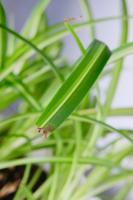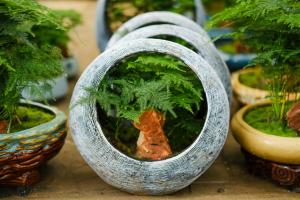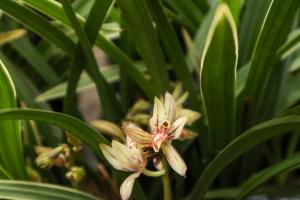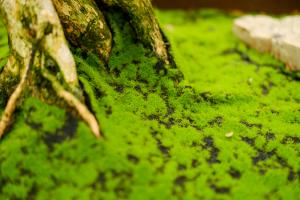Introduction
Land plants are incredibly efficient at conserving water, despite living in environments where water is often in short supply. This ability to prevent water loss is critical to the survival of land plants, as dehydration can result in wilting, stunted growth, and even death. In this article, we will explore some of the ways in which land plants prevent water loss.
Cuticle
The cuticle is a waxy layer that coats the outer surface of leaves and stems. This layer helps to prevent water loss through evaporation by forming a barrier that is impermeable to water. The cuticle also provides protection against pests, UV radiation, and other environmental stresses.
Stomata
Stomata are tiny pores found on the surface of leaves that allow for gas exchange between the plant and the environment. These pores are surrounded by specialized cells that regulate their opening and closing. When water is scarce, plants can close their stomata to reduce water loss. This trade-off between gas exchange and water conservation is an important part of plant physiology.
Roots
Roots serve as the primary source of water for land plants. They absorb water from the soil and transport it to the rest of the plant through a network of tubes called the xylem. To prevent water loss, some plants have evolved mechanisms to limit water uptake during times of drought. For example, some plants can produce proteins that act as a barrier to prevent water from entering the root cells.
Transpiration
Transpiration is the process by which water evaporates from the surface of leaves and stems. While transpiration is important for maintaining plant temperature and facilitating nutrient uptake, it also causes water loss. To prevent excessive transpiration, plants can modify the shape and size of their leaves to reduce the surface area available for evaporation.
Conclusion
Land plants have evolved a diverse set of strategies to prevent water loss in their often challenging environments. By utilizing mechanisms such as the cuticle, stomata, roots, and transpiration, plants are able to regulate their water intake and conserve precious resources. This ability to prevent water loss is a key factor in the success of land plants and their ability to thrive in a wide range of habitats.

 how many times do yo...
how many times do yo... how many planted tre...
how many planted tre... how many pine trees ...
how many pine trees ... how many pecan trees...
how many pecan trees... how many plants comp...
how many plants comp... how many plants can ...
how many plants can ... how many plants and ...
how many plants and ... how many pepper plan...
how many pepper plan...
































